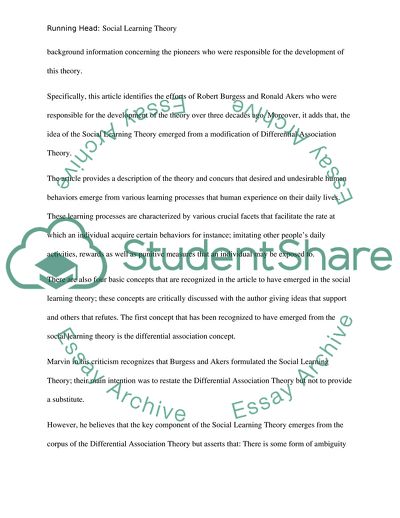Cite this document
(The Social Learning Theory Article Example | Topics and Well Written Essays - 1500 words, n.d.)
The Social Learning Theory Article Example | Topics and Well Written Essays - 1500 words. https://studentshare.org/sociology/1789051-social-learning-theory
The Social Learning Theory Article Example | Topics and Well Written Essays - 1500 words. https://studentshare.org/sociology/1789051-social-learning-theory
(The Social Learning Theory Article Example | Topics and Well Written Essays - 1500 Words)
The Social Learning Theory Article Example | Topics and Well Written Essays - 1500 Words. https://studentshare.org/sociology/1789051-social-learning-theory.
The Social Learning Theory Article Example | Topics and Well Written Essays - 1500 Words. https://studentshare.org/sociology/1789051-social-learning-theory.
“The Social Learning Theory Article Example | Topics and Well Written Essays - 1500 Words”. https://studentshare.org/sociology/1789051-social-learning-theory.


